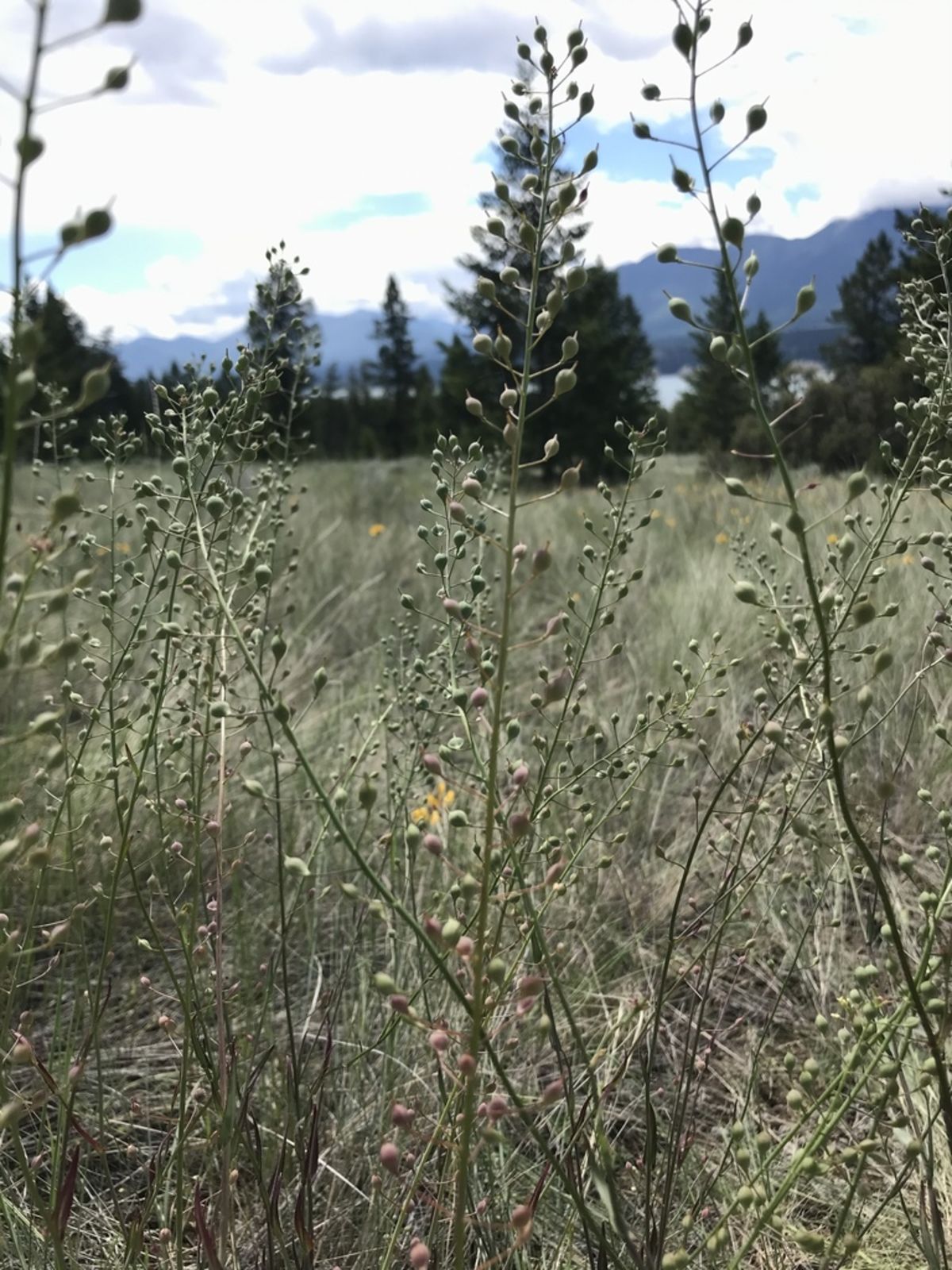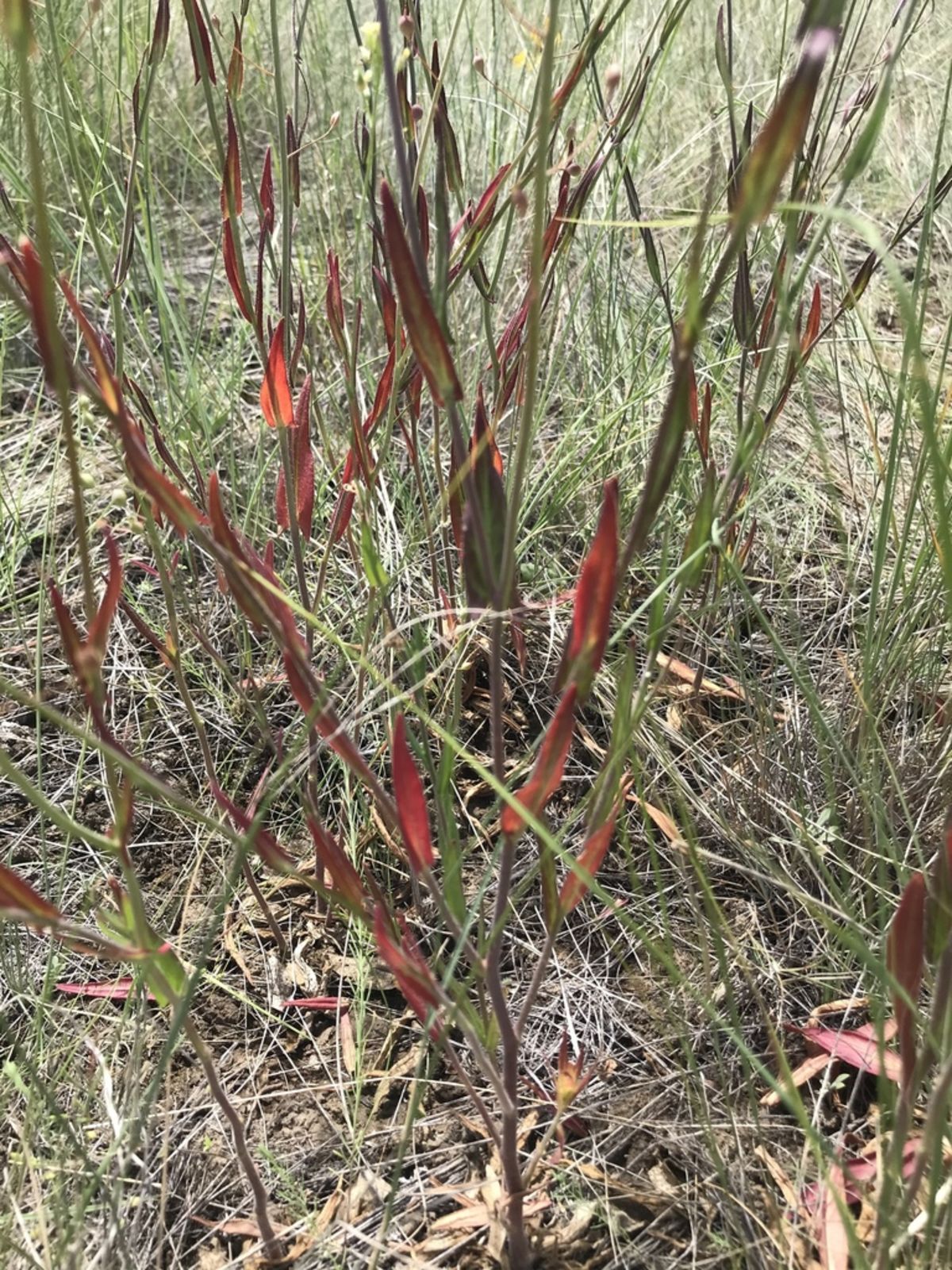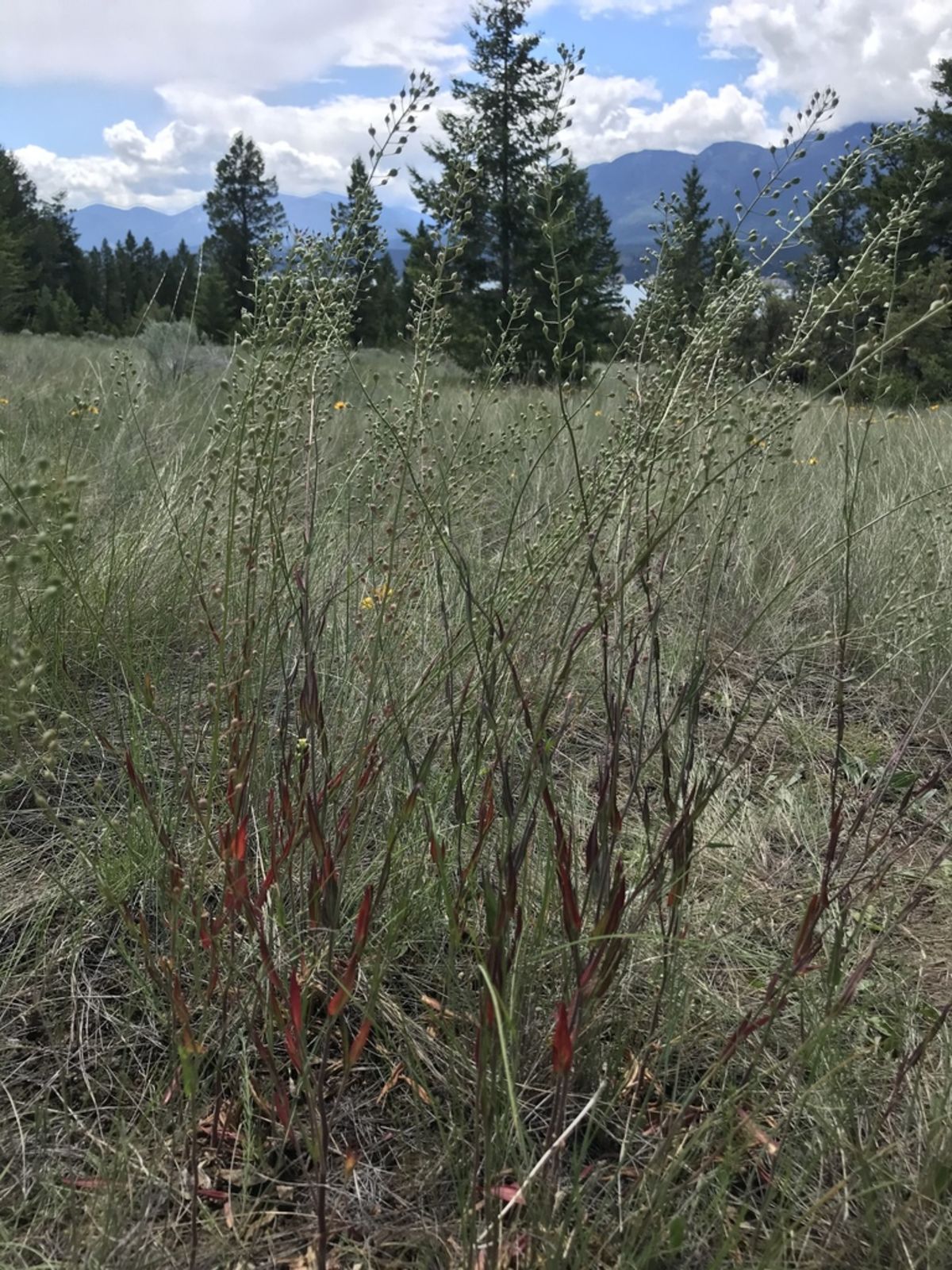Family: Brassicaceae
Author: (Mill.) Thell.
Bibliography: Verz. Sam. Fruchte Bot. Gart. Zurich 1906: 10 (1906)
Year: 1906
Status: accepted
Rank: species
Genus: Camelina
Vegetable: False
Observations: Europe to Caucasus
Description
Stinking Flaxweed (Camelina alyssum)
Stinking Flaxweed, scientifically known as Camelina alyssum, is a unique and intriguing plant that belongs to the Brassicaceae family. This species was initially cataloged in the early 20th century in the publication “Verzeichnis der Samen und Früchte des Botanischen Gartens Zürich” in 1906, specifically noted on page 10 of the document. The botanical authority for this species is attributed to the botanist (Mill.) Thell., acknowledging the contributions of Philip Miller and Alfred Thellung in its classification.
Habitat and Distribution
Camelina alyssum is indigenous to a broad region stretching from Europe to the Caucasus. It thrives in various climates and soil types found across this extensive area. Its ability to adapt to different environmental conditions has allowed it to persist and spread across many countries within its range.
Characteristics and Identification
Stinking Flaxweed is named for its distinctive, often unpleasant odor, which sets it apart from other plants within the same habitat. It is a herbaceous plant with small, greenish-yellow flowers that bloom during the warmer months. The plant often grows to a modest height and produces small, rounded fruits containing numerous tiny seeds.
Ecological and Practical Importance
Camelina alyssum is more than just a botanical curiosity; it holds ecological significance within its native range. The plant provides food and habitat for various insects and other wildlife. Its seeds, rich in oils, have been historically used in some regions for various purposes, including as a source of lamp oil.
Conclusion
Stinking Flaxweed, or Camelina alyssum, is a notable plant within the Brassicaceae family, revered for its unique characteristics and adaptability. Its scientific documentation traces back to a detailed botanical compilation from Zurich in 1906. Whether admired for its resilience or studied for its ecological roles, Camelina alyssum remains an interesting subject for both botanists and naturalists alike.
Common Names
Fra: caméline alysson, caméline des champs de lin, caméline fétide, caméline à graines plates
Deu: gezähnter leindotter
Eng: gold-of-pleasure, stinking flaxweed, flat-seed false-flax
Dan: hjerteskulpet dodder
Ces: lani
Nno: lindodre, ugrasdodre
Nob: lindodre, ugrasdodre
Swe: lindådra, pellavatankio
Pol: lnicznik wlasciwy
Fin: pellavatankio
En: Stinking flaxweed, Flatseed false flax, Flax gold-of-pleasure, Madwort False Flax, Gold-of-pleasure, Flat-seed false-flax
Be: Рыжак ільняны
Cs: Lnička tařicovitá, Lani
Da: Hjerteskulpet dodder
Nl: Vlashuttentut
Et: Linatuder
Fi: Pellavatankio
Fr: Caméline Alysson, Caméline des champs de Lin, Caméline fétide, Caméline à graines plates
De: Gezähnter Leindotter, Leindotter
It: Dorella dentata
Nb: Lindodre, Ugrasdodre
Nn: Lindodre, Ugrasdodre
Pl: Lnicznik właściwy, Lnicznik wlasciwy
Sv: Lindådra, Pellavatankio
Synonyms
- Camelina sativa subsp. alyssum ((Mill.) Hegi & Em.Schmid)
- Myagrum alyssum (Mill.)
Distribution
- Baltic States (native)
- Bulgaria (native)
- Central European Rus (native)
- East European Russia (native)
- Hungary (native)
- Italy (native)
- Kazakhstan (native)
- North Caucasus (native)
- North European Russi (native)
- Northwest European R (native)
- Romania (native)
- Transcaucasus (native)
- Ukraine (native)
- Yugoslavia (native)
- Alberta (introduced)
- Algeria (introduced)
- Altay (introduced)
- Argentina Northeast (introduced)
- Belarus (introduced)
- British Columbia (introduced)
- Buryatiya (introduced)
- California (introduced)
- Chile Central (introduced)
- Chita (introduced)
- Colorado (introduced)
- Kenya (introduced)
- Krasnoyarsk (introduced)
- Manitoba (introduced)
- Montana (introduced)
- New South Wales (introduced)
- New Zealand South (introduced)
- North Dakota (introduced)
- Saskatchewan (introduced)
- South Australia (introduced)
- South Dakota (introduced)
- Uganda (introduced)
- West Siberia (introduced)
- Wyoming (introduced)
- Yakutskiya (introduced)
Additional Images
Fruit
Taken Aug 3, 2022 by Annika K (cc-by-sa)
Other
Taken Jan 1, 1970 by Photoflora – L’Abbé COSTE (©)
Taken May 31, 1852 by Tela Botanica − Herbier PONTARLIER-MARICHAL (cc-by-sa)

© copyright of the Board of Trustees of the Royal Botanic Gardens, Kew.

© copyright of the Board of Trustees of the Royal Botanic Gardens, Kew.

© copyright of the Board of Trustees of the Royal Botanic Gardens, Kew.
Sources
- WFO (No URL)
- IPNI (No URL)
- GBIF (https://www.gbif.org/species/3042399)
- POWO (http://powo.science.kew.org/taxon/urn:lsid:ipni.org:names:279832-1)
- PlantNet (https://identify.plantnet.org/species/the-plant-list/Camelina alyssum (Mill.) Thell.)
Specifications
Growth
Ph maximum: 7.0
Ph minimum: 6.5
Light: 7
Atmospheric humidity: 5
Bloom months: [‘jun’, ‘jul’]
Soil nutriments: 5



